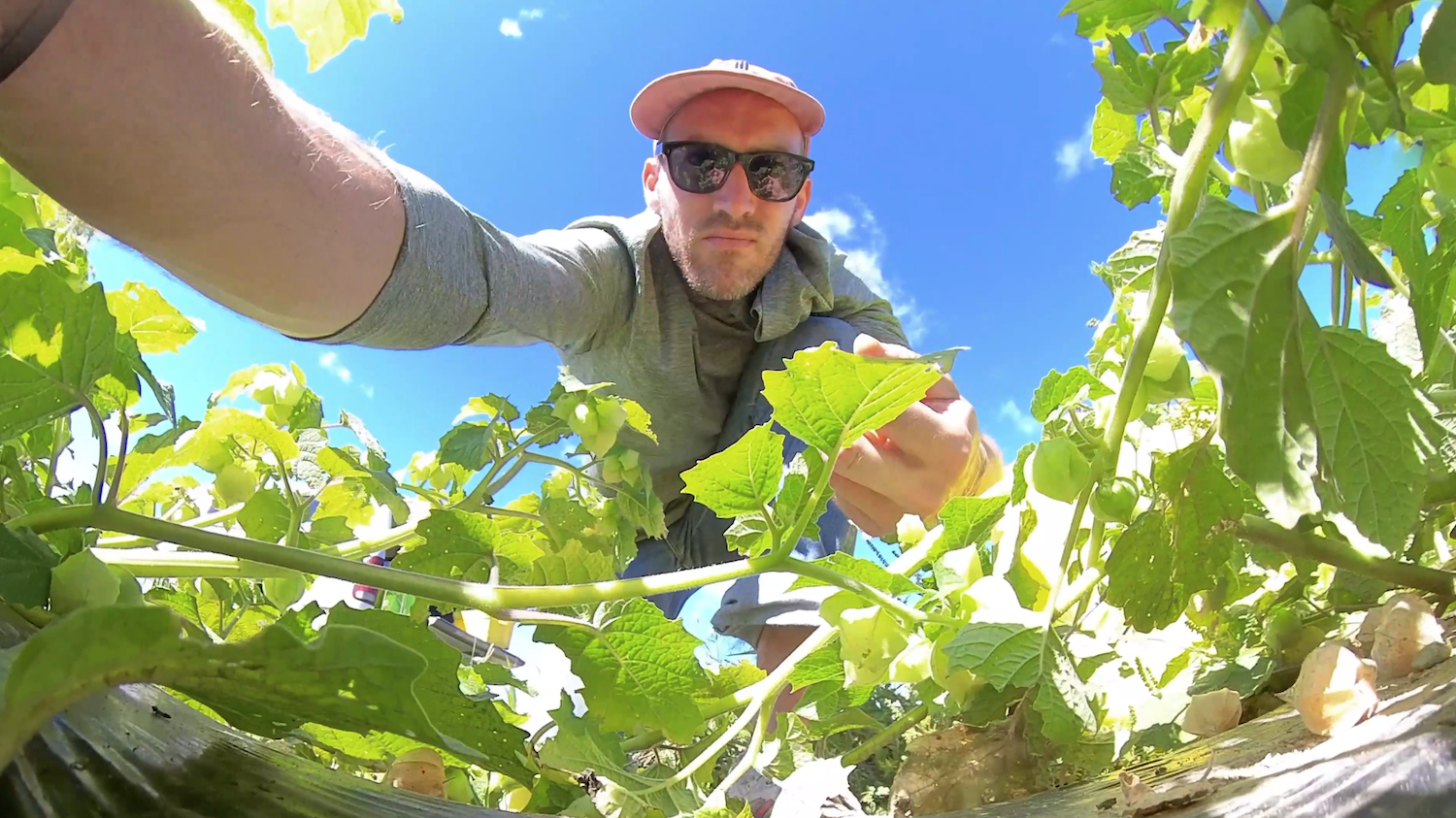EDITOR'S NOTE: Welcome to Field Testing, a five-part video series that takes some of the mystery out of how, when and why to add video to your storytelling. Video reporter and producer Alexander Trowbridge takes us on an informative and often amusing journey as he goes solo to learn how to work in the conditions many journalists face. You can find the rest of our Field Testing episodes here.
I spent half a year on a farm in Maine figuring out how journalists can tell more visually compelling stories with tools they can use and carry on their own. The extra space and break from the daily deadline allowed me to experiment with a variety of different multimedia tools and techniques. The accompanying “Field Testing” video series follows my findings, including references to quite a bit of gear. Below, I have provided extra information about the tools featured in our first episode, as I will do in episodes to come. The prices I've cited all come from Amazon, but often can be found from the manufacturer or other vendors.
Gimbal (in the video at 1:43): Holds your camera steady while you’re moving. I currently use the Zhiyun WEEBILL S Gimbal Stabilizer ($339.00). It’s smaller than many other gimbals designed for professional cameras but quite a bit larger than what companies like DJI make for mobile phones.
Remote Controlled Dolly (in the video at 2:08): A small, rolling tripod that can offer cinematic movement to your camera and be especially helpful when filming yourself. I use the Neewer 3-Wheels Wireless Camera Video Auto Dolly ($69.99). It requires a smooth surface and its size means the most convenient angles will be those low to the ground, unless you can figure out a creative way to elevate it. I placed it on my fridge while attempting to capture myself walking across my cabin (for the shot featured at 1:02). It fell. Crazy glue was deployed. Lessons were learned. I had much more success using it on a tabletop to capture my fingers editing video on a phone (for the shot at 4:40).
Lightweight Camera, Wide-angle Lens, Compact Lights and a Selfie-Stick Harness (in the video at 2:22): Looks ridiculous but could provide a way for journalists to tell their story on location and on camera without the hassle of a tripod. My camera here is the Panasonic Lumix G100 Vlogging Camera, ($747.99), which I chose because it was the lightest possible camera I could find that would still allow me to use my assortment of Panasonic lenses. It lacks the built-in image stabilizers that my larger cameras provide and is therefore sensitive to even the smallest shake. Works well with the gimbal, less well handheld. I paired it with a wide-angle lens, the Laowa 7.5-mm Lens for Micro 4/3 Cameras ($519; there is a slightly heavier, slightly less expensive option). The compact lights, called Lume Cube Panel Mini ($59.95). They are fairly powerful and wonderfully small. The selfie stick harness, called a Back Bar Waist Strap by its manufacturer ($33). It sags if you load on too much weight.
360 Camera (in the video at 2:45): An action camera you can point everywhere at once. Mine is the Insta360 One R ($429.99) and allows you to reframe your shots after the fact, which can be a blessing for its strategic benefits and peace of mind, but can cost you time while you’re editing. Neat trick: It will make whatever selfie-stick it’s attached to disappear.
Drone (in the video at 3:13): The birds-eye view-getter with a steady glide that animates otherwise static shots. I use the DJI Mavic Air 2 ($799.99). Be mindful of the changing drone laws. And beware: Its ability to produce astounding footage of your surroundings will make it tempting to push your limits, offering thrilling new shots until it all comes crashing down. More on that in a future episode.
My goal for this series is not to review gear or suggest that creative visual storytelling requires time-consuming tricks and budget-consuming tools. My goal is to constantly experiment and share my notes from my failures and successes in hopes that it sparks ideas for fellow journalists at a time that’s constantly demanding new approaches.
Watch episode two next: How to take your journalism to new heights with a drone
Alexander Trowbridge is a multimedia journalist and producer. Most recently a fellow with the Nieman Foundation for Journalism at Harvard, he previously worked at "The Late Show With Stephen Colbert," Bloomberg Politics, CBS News and Politico.



